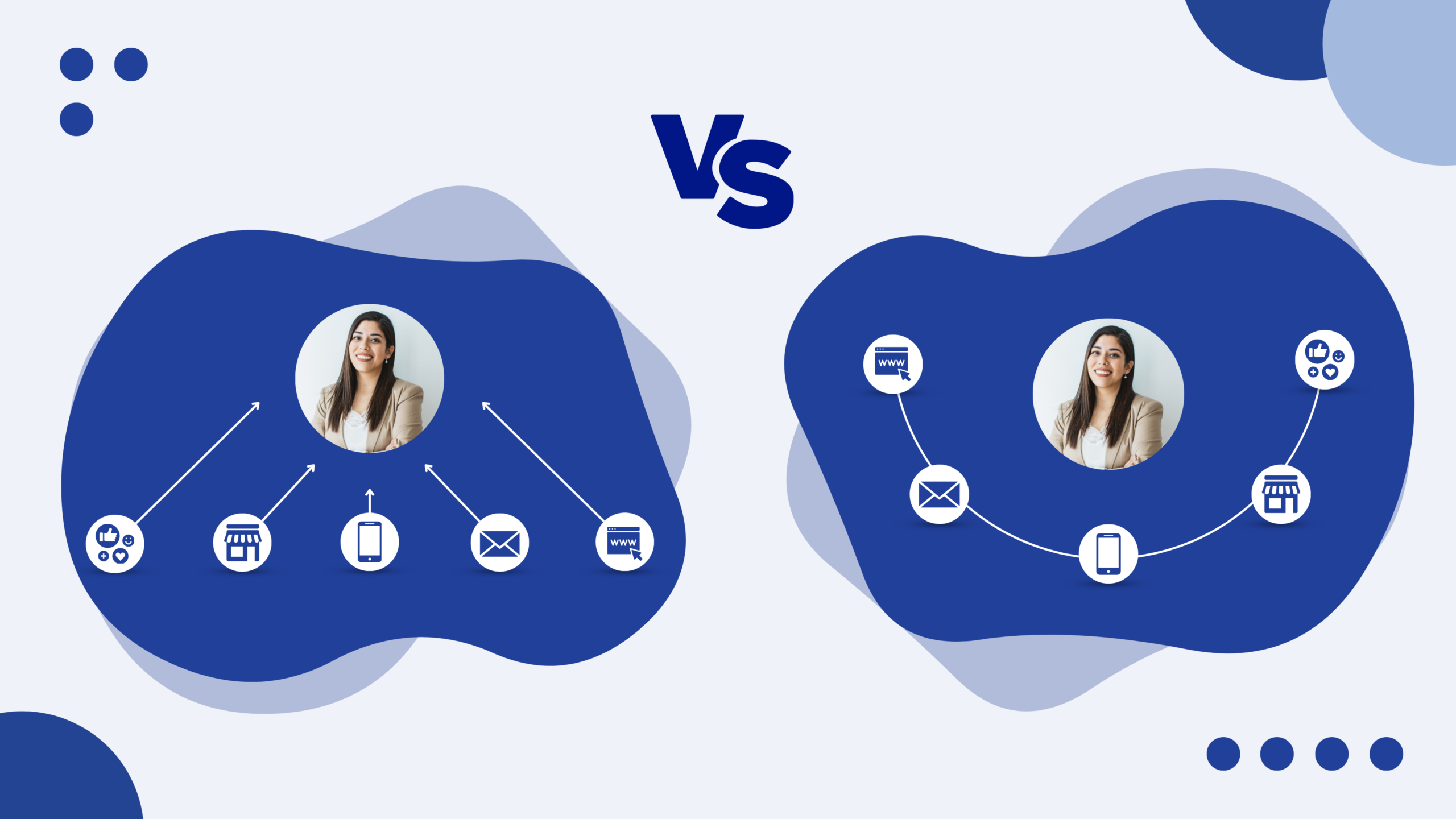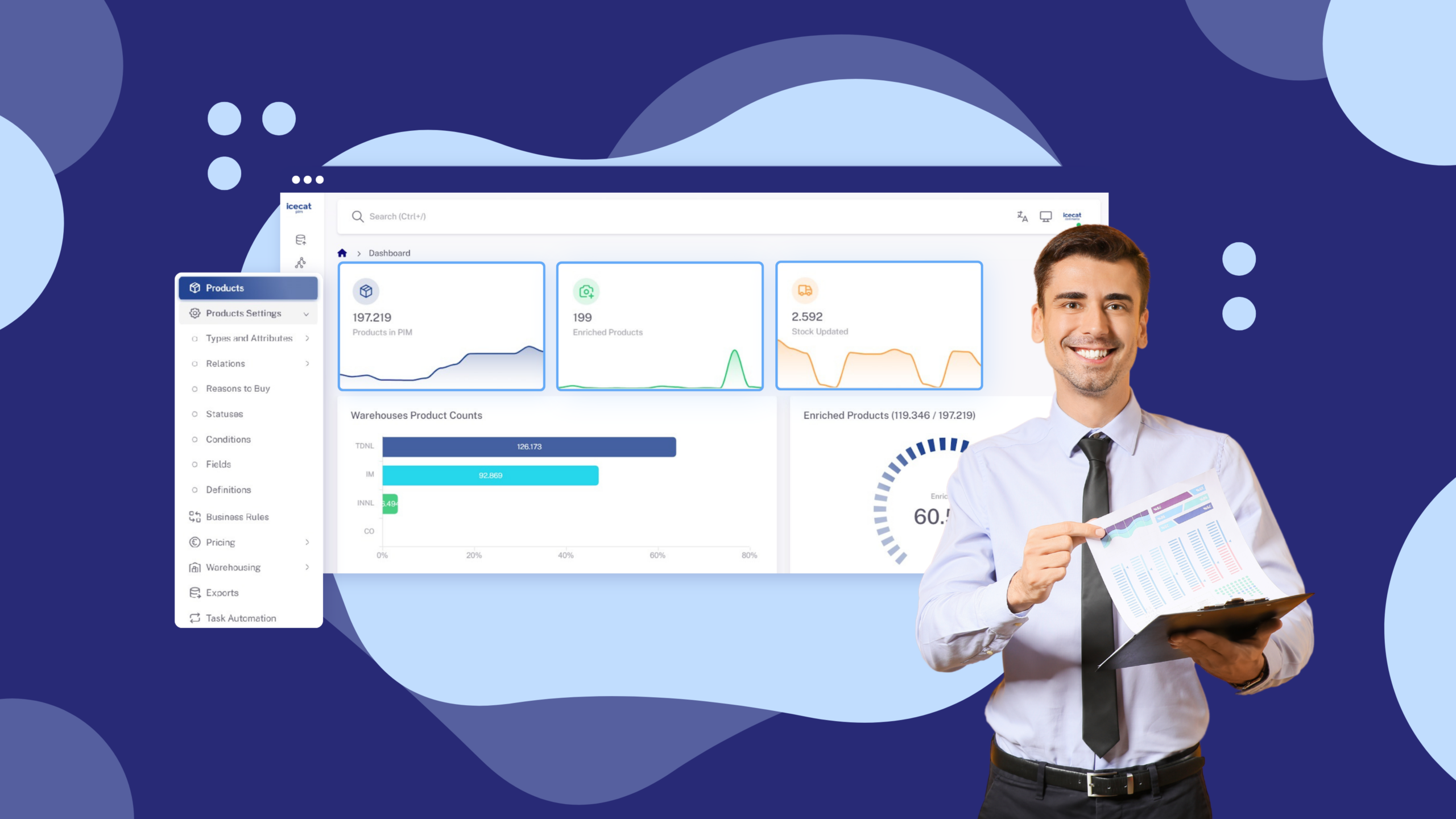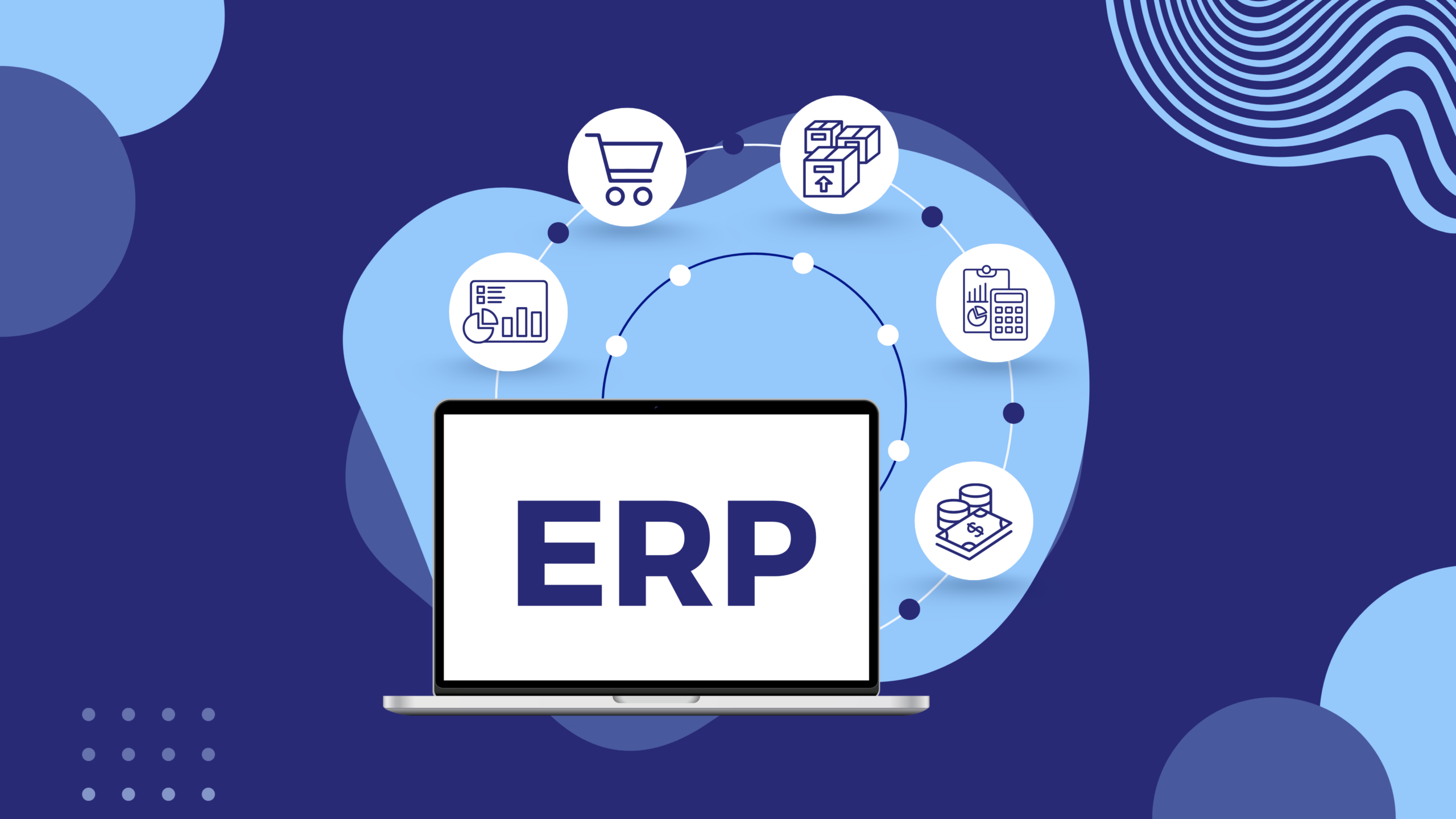What comes up when you hear “PDM”? If your answer lands somewhere between “a system that organizes product files” and “something only engineers care about,” you’re only scratching the surface of what Product Data Management can do.
The truth is, product data management (PDM) is a game-changer for forward-thinking businesses. Whether you’re a startup looking to organize your first product line or a mature enterprise struggling with scattered data, a robust PDM system can transform the way you work.
What is Product Data Management (PDM)?
Ever tried tracking countless design files, supplier lists, compliance documents, and launch notes, only for a team member to use the wrong version or miss a last-minute change? That’s where product data management steps in.
Product Data Management (PDM) is the process (and supporting software) that centralizes all your product information in one secure, accessible location. It goes beyond mere storage. PDM ensures every team—from engineering to procurement to sales—is working with the right data, at the right time.
Which Businesses Benefit Most From PDM?
Don’t assume PDM is just for global manufacturers or tech giants. Any business managing multiple product lines, distributed teams, or complex compliance requirements will see benefits.
Top candidates include:
- Product manufacturers (electronics, automotive, industrial goods)
- FMCG and retail brands
- Startups scaling product launches
- Engineering and design consultancies
If your teams still rely on email attachments, shared drives, or manual handoffs, PDM is likely to pay off quickly, both in peace of mind and lost productivity recouped.
Why PDM Improves The Business?
1. Accelerating Time-to-Market and Reducing Costs
In highly competitive markets, the speed at which a business brings products to market directly impacts its profitability and market share. Delayed launches can result in lost revenue, missed seasonal cycles, and reduced competitiveness. According to a study by McKinsey & Company, companies that accelerate product development cycles by 20% can increase revenue by up to 30%.
PDM contributes to this acceleration by automating data management processes, minimizing errors, and ensuring that product teams can access and update information. For instance, a case study highlighted that companies utilizing PDM experienced a 15% improvement in engineering time efficiency, equating to substantial labor cost savings. Additionally, these systems contributed to a 40% increase in product change throughput and improved first-time-through quality from 60% to 95%, further reducing rework and associated costs.
2. Enhancing Collaboration Across Departments and Geographies
Modern product development often involves cross-functional teams working remotely or in different locations. Without centralized data, collaboration can be fraught with confusion and inefficiencies. PDM systems eliminate data silos by providing a single source of truth for all product-related information. This centralization ensures that all team members, regardless of location, can access the most up-to-date data, reducing errors and miscommunication. For instance, companies using PDM report up to a 25% increase in team collaboration efficiency, fostering innovation and keeping projects on schedule.
3. Ensuring Data Accuracy and Compliance
Ensuring data accuracy and compliance is a critical priority for businesses operating in highly regulated industries such as aerospace, automotive, and medical devices. In these sectors, even minor errors in product data can lead to costly recalls, legal penalties, and damage to brand reputation. PDM systems maintain rigorous version control and audit trails, documenting every change and approval in the product data lifecycle. This not only ensures product quality but also simplifies compliance with regulatory standards like ISO, FDA, and RoHS.
4. Protecting Intellectual Property
With product data stored digitally and shared across departments and suppliers, security risks rise. PDM software offers robust access control, encryption, and user permissions to safeguard sensitive intellectual property (IP). This protection is crucial to maintaining a company’s competitive edge and avoiding costly data breaches. By implementing stringent security measures, PDM systems help organizations comply with data protection laws and standards, such as the General Data Protection Regulation (GDPR). Thereby avoiding legal penalties and enhancing customer trust.
5. Enhance Product Data Visibility and Analysis
You can’t improve what you can’t measure. PDM systems provide the analytical foundation to assess product content performance, identify inconsistencies, and drive continuous improvement. With centralized and structured data, businesses can monitor content accuracy, completeness, and update frequency across all SKUs and channels. This visibility enables cross-functional teams to track historical changes and ensure alignment between product, marketing, and supply chain strategies.
Related Software Systems Compared to PDM
| Software Type | Focus Area | Typical Users | Key Features | Relation to PDM |
|---|---|---|---|---|
| PLM (Product Lifecycle Management) | Manages full product lifecycle from concept to disposal | Enterprise-wide (R&D, Manufacturing, Marketing) | End-to-end lifecycle management, portfolio management, supply chain integration | PDM is often a module within PLM systems; PLM is broader in scope |
| ERP (Enterprise Resource Planning) | Manages financial operations | Finance, Operations, Supply Chain Teams | Manages core business processes like finance, procurement, and inventory | PDM feeds BOMs and product info into ERP for manufacturing and procurement |
| PIM (Product Information Management) | Manages marketing and sales product data (descriptions, pricing, media) | Marketing, Connent, Sales, eCommerce Teams | Manages content, stock&pricing, tasks automation, distributor and sales pricing management | PIM complements PDM by handling customer-facing product information |
| DAM (Digital Asset Management) | Centralizes product info for catalogs, online stores, and multiple channels | Marketing, Creative Teams | Organizes, stores, retrieves, and distributes digital media | DAM can be linked with PDM/PIM to manage product-related media |
| CAD (Computer-Aided Design) | Design and modeling of products | Engineers, Designers | 3D/2D modeling, design drafting | PDM manages CAD files and associated data |
| CMS (Content Management System) | Manages website and content publication | Marketing, Webmasters | Website content creation, publishing, and management | Different focus; not typically integrated with product engineering platforms |
Why Add PIM to Your PDM?
Implementing a Product Data Management (PDM) system is the first step to organizing internal workflows and ensuring accuracy in product design and development. However, managing technical data alone is not enough. To fully leverage your product information, especially for customers, integrating a Product Information Management (PIM) system is crucial.
Many companies find that while their Product Data Management (PDM) systems are effective for internal workflows and technical specifications, they fall short when it comes to managing enriched, customer-facing product content. This gap often leads to fragmented data, manual updates, and inconsistent information across channels. Case studies from companies like Elkjop and Maxicom highlight these challenges. Both businesses struggled with distributing accurate, market-ready product information across multiple platforms due to the limitations of their existing systems. By integrating Icecat PIM, they were able to centralize their product data, automate updates, and ensure consistency across sales and marketing channels. The result was a streamlined workflow, enhanced customer experience, and a significant boost in operational efficiency.
Icecat PIM adds real business value by complementing your PDM. By linking Icecat PIM with your PDM, you create a complete product content ecosystem—from development to the digital shelf. The result is faster time-to-market, higher conversion rates, and a scalable platform for global growth.

Kat is a Digital Marketer with a passion for blending creativity with data-driven insights to craft engaging content.



